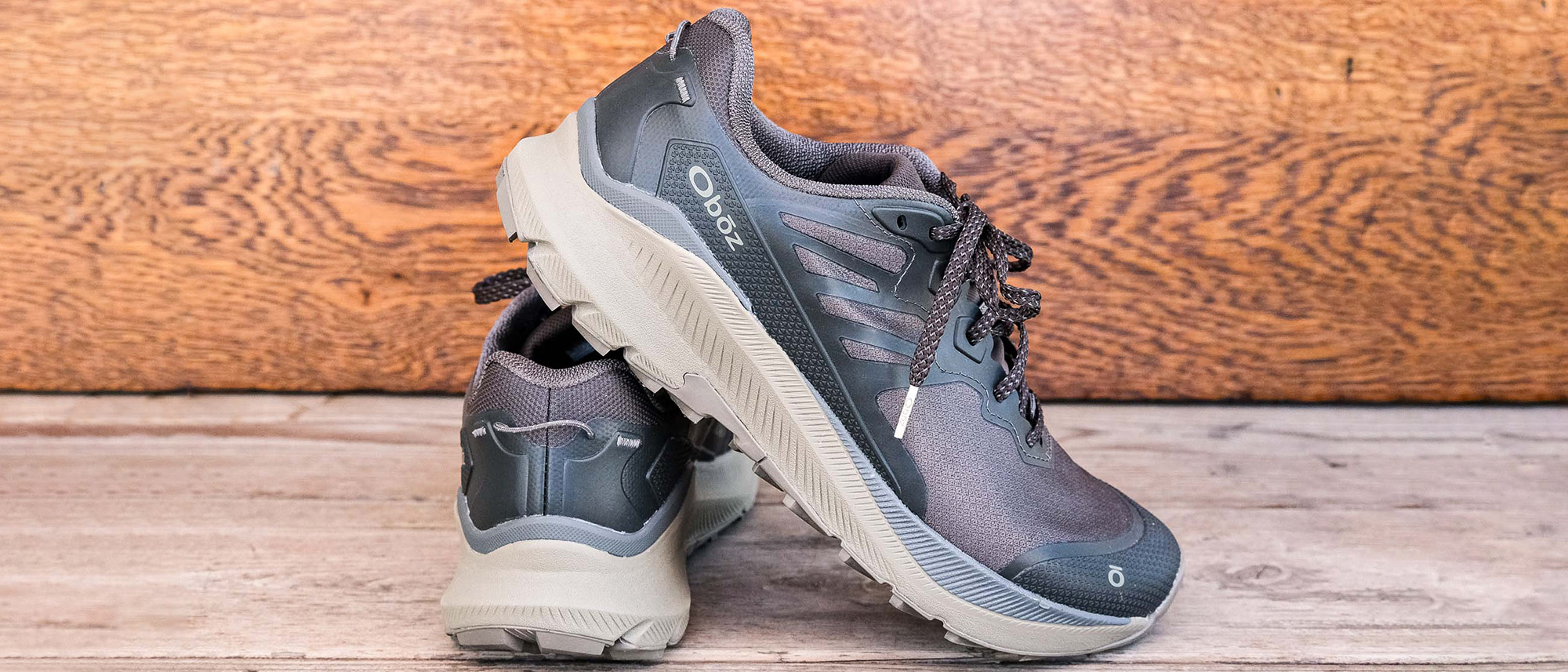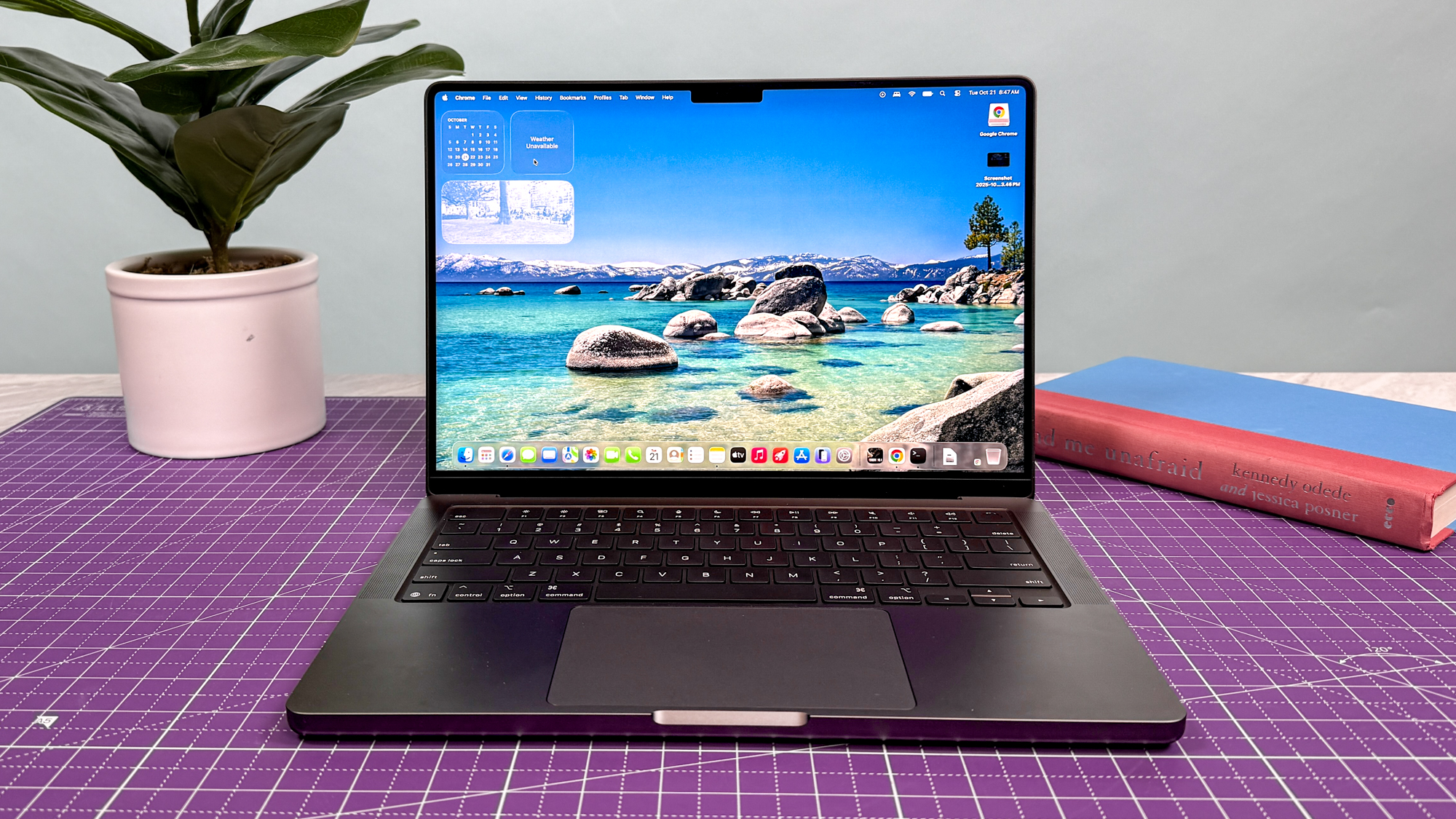Tom's Guide Verdict
Well-suited for fastpacking and long trail runs, the Katabatic Wind Low are stiff throughout for support and impact protection and narrow in the forefoot. They handle pavement well enough, but they’re truly at home hiking fast on the trails or extra rugged trail runs.
Pros
- +
Comfortable and rugged for off-road use
- +
Grippy outsole
- +
Understated aesthetics look great
Cons
- -
The forefoot and toe box are fairly narrow
Why you can trust Tom's Guide
The Oboz Katabatic Wind Low Shoes are built for efficiency when the pavement ends and the trail begins. But of course, you can still run on the pavement with them. In that sense, the Katabatics are super versatile shoes with speed in mind wherever you’re running.
From the ground up, it’s clear the Katabatic Wind shoes are most at home on the trail. A carbon plate in the midsole helps propel your stride, a grippy outsole wants to eat at rocks and loam, and the rugged upper protects you from scrapes and impacts.
It’s an excellent shoe for fastpackers and trail runners, and could among the best trail running shoes, though if you’re used to the cloud-cushiness of zero-drop running shoes with heaps of soft foam beneath you, the Katabatic Wind shoes might be jarring at first.
But that stability and support comes in handy when the surface beneath your feet is uneven at best, and full-on gnarly at worst. If you’re looking for multi-functional shoes that will get you through a pavement run but really shine on the trails, the Katabatic Wind Low are worth a very long look.
Oboz Katabatic Wind Low review: price and availability
You can pick up a pair of the Oboz Katabatic Wind Low directly from Oboz's store in the men's version or women's edition, or through third-party retailers, including at Amazon. Although the price varies by dealer, Oboz's MSRP is $185 for either version in any color.
At this price, they're on the more expensive end for trail running shoes, retailing for $15 more than the Hoka Challenger 7 shoes ($170). But Oboz technically deems these hiking boots. But even if you compare them to the best hiking boots, they're still fairly pricey, costing around the same as the Salomon Cross Hike Mid Gore-Tex ($190).
But even aside from the performance (which we'll cover later), the brand may sway you with it's one-year guarantee that your shoes will be free from manufacturer defects, and promise to plant a tree for every pair of shoes sold.
Get instant access to breaking news, the hottest reviews, great deals and helpful tips.
Oboz Katabatic Wind Low review: design
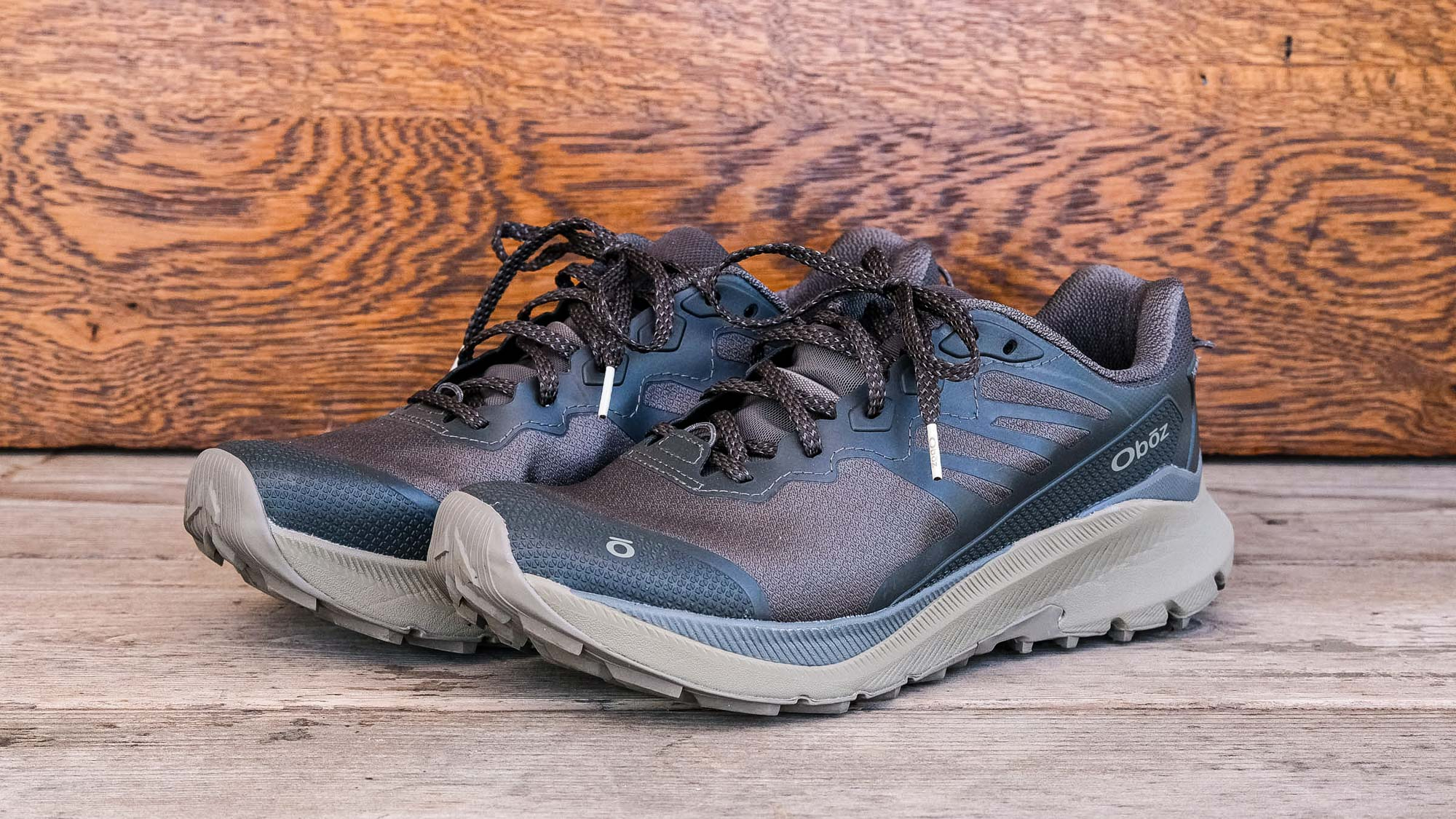
Oboz says the Katabatic Wind shoes are best for “moving quickly across a variety of terrain and fastpacking.” So it’s best to think of these shoes as multi-purpose warriors rather than dedicated running or hiking shoes.
To that end, the Katabatic Wind Shoes are packed with a ton of neat multi-use features. The Inertia of Motion (IOM) System comprises the ACTNitro dual-density foam and a carbon plate in the forefoot. The combination is intended to help propel you as your feet work through their strides, according to Oboz.
That carbon plate is a notable addition to the shoe. It’s pronged to allow your foot to flex naturally, so generally, you shouldn’t feel the plate pressing at your feet in any way. The idea is to capitalize on your foot’s natural movement and allow the carbon to essentially act as a spring, propelling you forward more quickly.
Oboz also notes a sculpted mid-foot, generous forefoot and toe box, and hugging heel cup. All that is to say the shoe is designed to keep your foot firmly planted in the shoe while you’re moving fast.
The abrasion-resistant, breathable mesh upper has reinforced TPU overlays welded and stitched across it. This helps reduce weight and increase durability. And the laces and webbing are made from recycled materials.
Notably, the heel drop is 8mm. So if you’re used to running in zero-drop shoes, you’ll find yourself with a bit of a learning curve here. As with any transition from one shoe to another, it’s best to ease into using your new shoes to prevent injury or discomfort.
Oboz Katabatic Wind Low review: performance
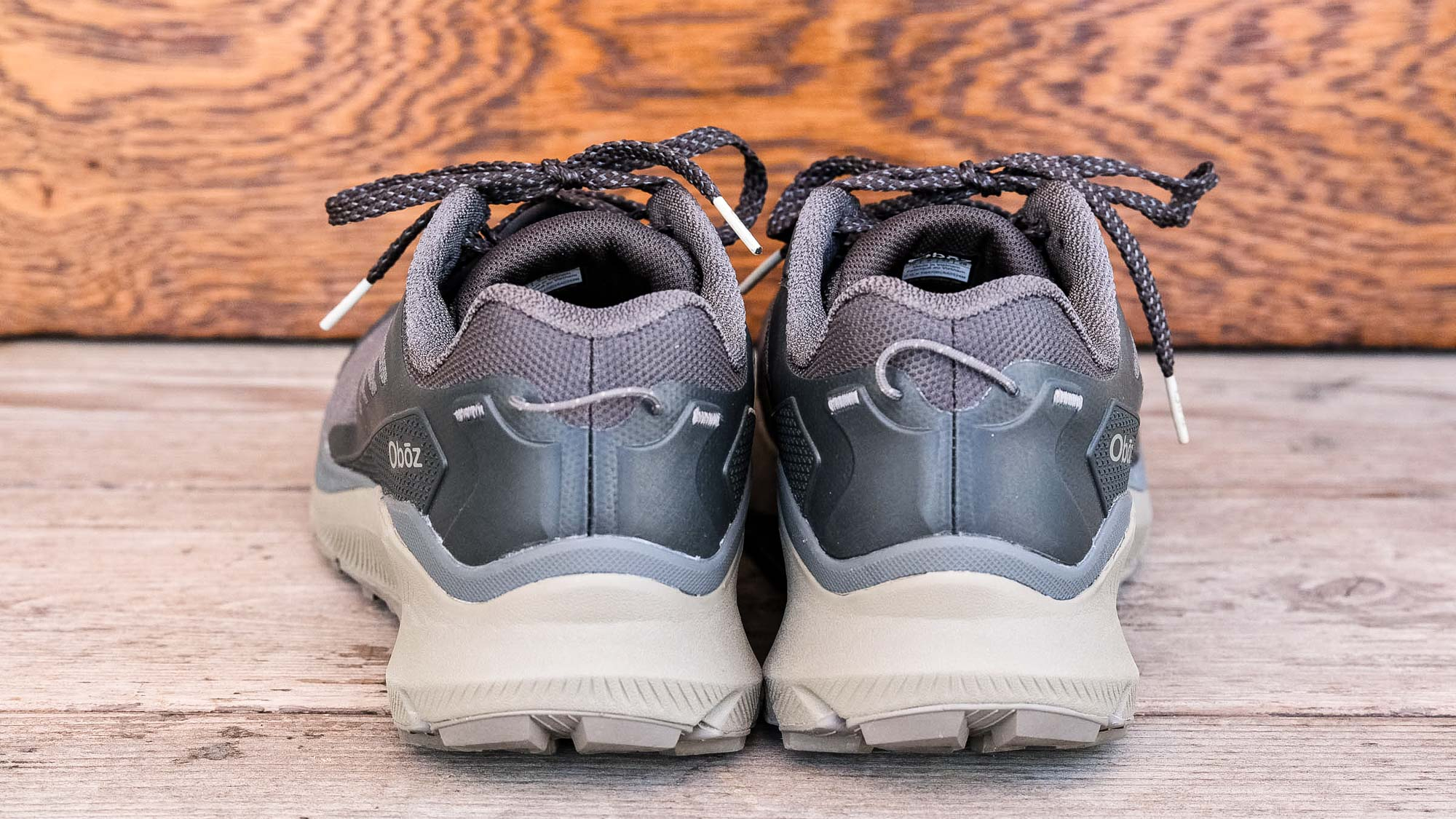
While the Katabatic Wind Low are not advertised as running shoes, that’s exactly what I did when they first arrived. I wanted to get a base-level sense of the flex, cushion, and general comfort of the shoes. But I kept my run on pavement short, just long enough to get a sense of the shoe’s character.
As expected, the Katabatic Wind Shoes are noticeably firmer than dedicated pair of the best running shoes, as they should be. With a heel made to take impacts on the trail, and a carbon plate in the forefoot, this was no surprise. That said, the Katabatic Wind Low are still comfortable and soft enough to pull some pavement-running duties.
The toe box is quite narrow, which is okay for me because I have narrow feet. But if you don’t, you may find the edges of your feet pressing on the sides of the shoe. The sole is also fairly narrow in the forefoot, which I noticed mostly when running fast around corners.
I also have a very tall instep, which is a constant problem for me with just about any shoes I test. It’s important for me to have enough adjustment upward in the tongue and laces to accommodate my oddly shaped feet.
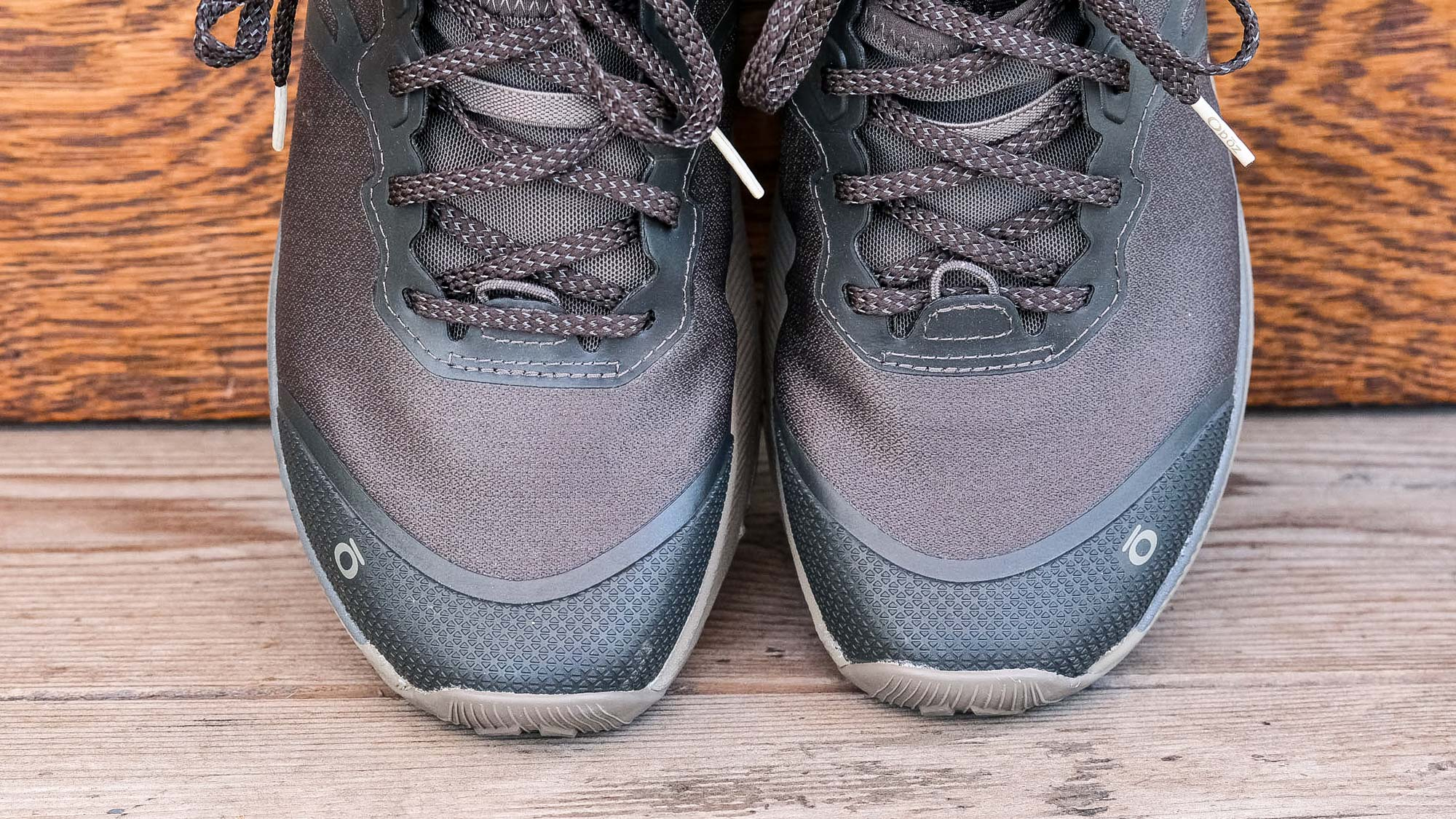
The Katabatic Wind Low shoes have enough adjustability in this regard, though I have to loosen the laces quite a lot to make room. There’s also an elastic across the tongue that is intended to add more support through the instep. This would work well for those who like a snug feel here, but for me, I’d probably cut this elastic off.
The insoles are super comfy and provide a lot of arch support. While I tend to land midfoot when running on pavement, trail running and hiking mean far less landing consistency. The insole’s cushion will help save me from myself in that regard.
While I would probably run custom insoles if I were to race or fastpack in the long term, the included insole provides plenty of support and cushion if you’re not the type to need custom insoles or orthotics. The Katabatic Wind Shoes feature an 8mm heel drop. On pavement, I run zero-drop shoes, so switching to an 8mm heel drop was almost startling.
But when I got to the trails to test out the Katabatic Winds, I noticed the drop far less. Heel drop of course comes down to personal preference, but I think the drop in this case is appropriate, even if you usually run in zero-drop shoes on pavement.
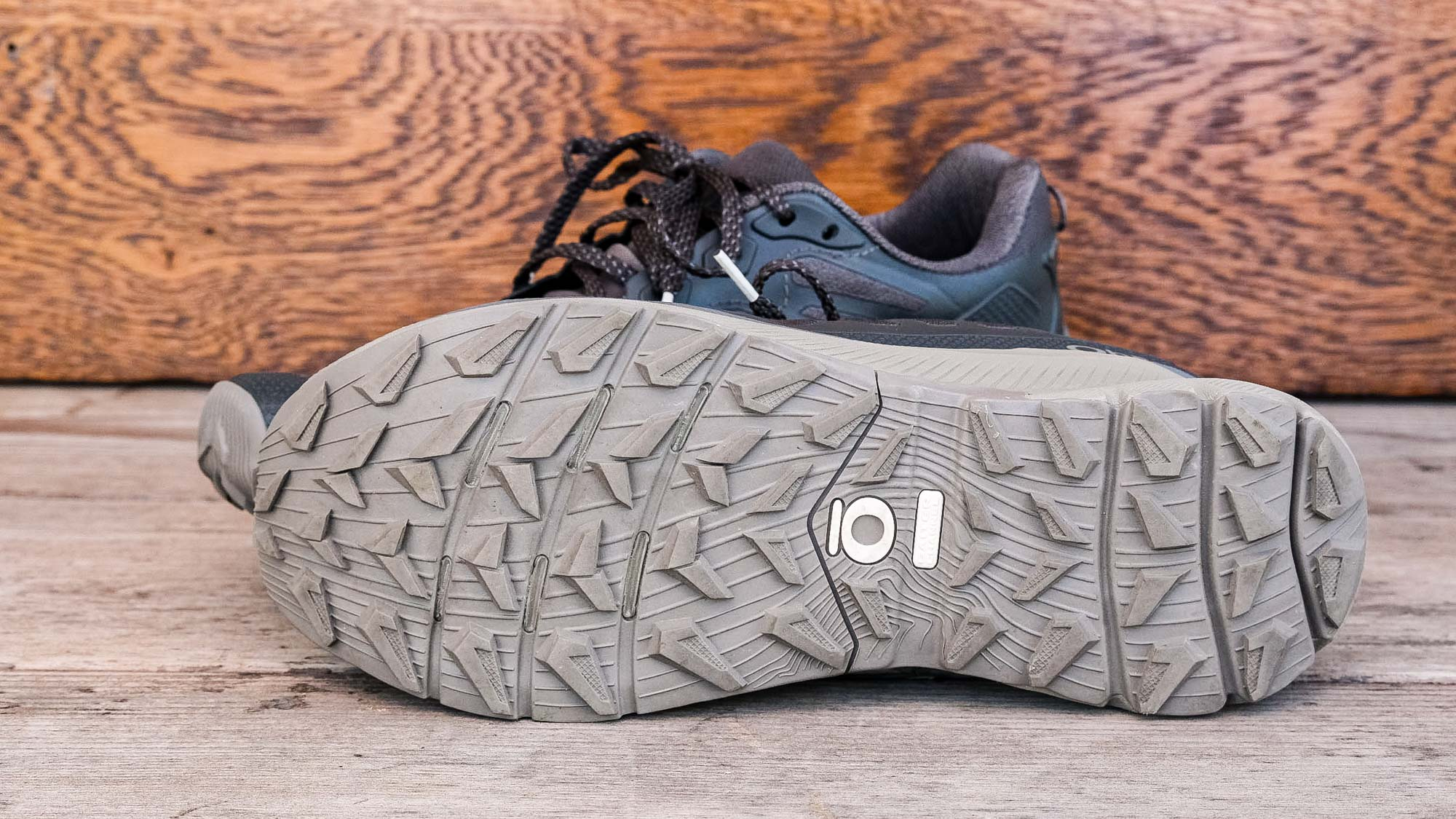
That’s because running or hiking quickly on uneven terrain presents more opportunities for digging the toe of the shoe into the ground. Think about running up steep trails, for example. The drop gives you more of a ‘ground feel’ in the forefoot, which is important for essentially reading and manipulating the ground beneath you.
And when you’re descending an equally steep trail on which you’re likely to land heel-heavy repeatedly, the heel height provides much-needed impact protection, especially on long descents.
I can’t say I felt the carbon plate in the forefoot at all. But perhaps that’s the point. I can’t imagine Oboz wants you to feel that plate; instead, the flex should work in conjunction with your foot’s movement, not against it. Did I feel ‘propelled forward’ by the plate?
To be honest, no, I did not. To truly gauge this carbon plate’s efficacy, I’d likely have to conduct some serious scientific experiments with equipment I’m pretty sure I don’t have in my garage. But many people swear by the best carbon plate running shoes, as they can increase your running economy by up to 4% which can have a significant impact.
Should you buy the Oboz Katabatic Wind Low shoes?
The Katabatic Wind Shoes from Oboz are not pure runners, nor does Oboz recommend them as such. Instead, think of them as a multi-discipline, off-and-on-road shoe that can take you anywhere.
They're not as cushioned as many running shoes designed for pavements, but if you’re more of a fastpacker or trail runner, the Katabatic Wind Low have a lot to offer. They’re made to handle weight, abuse, and long miles, and as such, the 8mm heel drop, grippy outsole, and supportive midsole are all suited well to uneven terrain.
If you do a lot of light hiking, like to move fast on the trail, or just generally need a multi-purpose shoe that can handle a lot of use and abuse, the Katabatic Winds are built to last — and propel you on the trail faster and longer.

Dan Cavallari is the former technical editor for VeloNews Magazine, who currently reviews electric bikes, bike lights, and other bike accessories for Tom's Guide. In addition to VeloNews, his work has appeared in Triathlete Magazine, Rouleur Magazine, CyclingTips.com, Road Bike Action, Mountain Bike Action, CycleVolta.com, Tomsguide.com, and much more. Dan also hosts two podcasts on his site, Slow Guy on the Fast Ride: One is about cycling and other outdoor activities, while the other looks at mental health issues. Most recently, Dan also covered the 2022 Tour de France. Dan lives outside of Denver, Colorado with his family.
